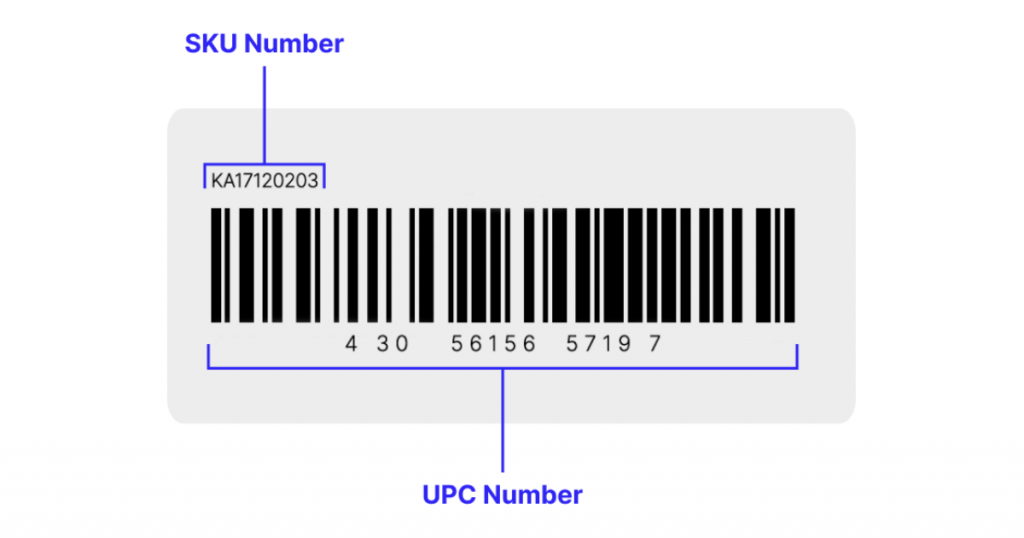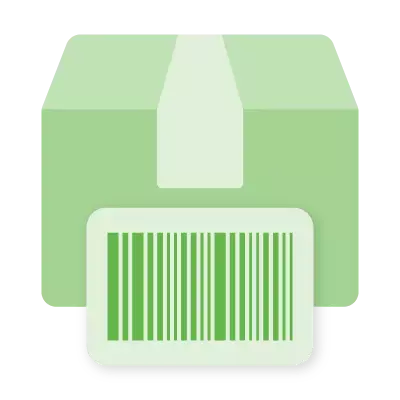Ecommerce
Last Update: 19.12.2025
What is an SKU Number? (Guide for Businesses)
Last Update: 19.12.2025
Summarize the blog with Artificial Intelligence (AI):
The biggest challenge for e-commerce businesses and retailers is inventory management.
By creating an SKU number system, e-commerce businesses and retailers can professionally track the inventory, organize the warehouse, increase the visibility of the sales data, improve customer experience, identify products, and many other benefits.
In this blog article, we will explain what exactly an SKU number is and how you can create your SKU number.
What is an SKU Number?
SKU means Stock-Keeping-Unit and is a barcode, which consists of letters and numbers.
With the SKU number, you can easily follow all details of the product like price, product details, manufacturer, stock level, size, color, etc.
SKU numbers are a goldmine for analytics, offering insights into inventory forecasting, demand planning, and sales trends. Retailers can analyze SKU data to identify which products are performing well and which are not, enabling them to adjust their inventory levels and product assortments accordingly. This data-driven approach helps minimize excess inventory and carrying costs while ensuring popular products are always in stock, enhancing the overall efficiency of inventory management.
The SKU Number has the following functions:
- Identifying a product
- Tracking inventory
- Identifying the most profitable products
- 8 – 10 characters long
- Seeing all the details of the product
Difference Between SKU and UPC
SKU is used for warehouse management and is an alphanumeric code. E-commerce businesses can create their SKU codes.
UPC is a barcode and is used for identifying products and manufacturers. Unlike the SKU, the UPC consists of numbers only.

Here is a summary:
SKU (Stock Keeping Unit)
- Internal use
- Between 8 and 12 characters
- Used to track inventory
- Alphanumeric
- Individuals for each e-commerce company
UPC (Universal Product Code)
- International use
- Always 12 characters long
- Identifies manufacturers and products
- Consists of numbers only
- Used by the Global Standards Organization
How to create an SKU Number?
When designing SKU numbers, clarity, and consistency are key. It’s advisable to avoid using letters and numbers that look similar, such as “O” and “0” or “I” and “1”, to prevent confusion. Including meaningful information in the SKU, like product type, size, or color, can make inventory management more intuitive. However, keep the system simple to avoid overcomplication, which can lead to errors in handling inventory. Use a logical hierarchical structure for your SKU numbers to make them scalable as your business grows, ensuring new products can be easily added without disrupting the existing system.
Now let’s see how you can create your SKU number.
1. Top-level identifier
Define a top-level identifier of 2 – 3 characters. Your top-level identifier is the first character of your SKU number and can be a category, supplier, or department.
2. Middle Numbers
Now you must define the middle numbers, which exist of the unique features of your product like color, size, category, or other features that help you organize your products.
3. Sequential number
Finish your SKU number with a sequential number that helps you to identify your older and newer products for example 001, 002, 003. Or like we said before, whatever makes logical sense for the products you sell.
4. POS & Inventory management system
After you have defined your SKU number, you can add it to your POS, inventory management system, or e-commerce platform. After you add your SKU number to one of these systems you can create scannable SKU barcode labels for easy checkout and inventory counting.
Effective SKU numbers are integral to the seamless operation of retail and supply chain management systems. By integrating SKU numbers with ERP, CRM, and SCM systems, businesses can achieve a unified view of their operations, enhancing data accuracy and enabling more informed decision-making. This integration facilitates real-time inventory tracking, efficient order processing, and personalized customer interactions, ultimately leading to improved operational efficiency and customer satisfaction.
With the e-commerce platform ikas you can easily create barcodes for your products. The function “Scan barcode” enables you to connect your barcode reader with the ikas e-commerce platform. When you scan the barcode, the ikas e-commerce platform automatically counts your inventory.
SKU Number Example
Imagine you sell face cleansers and your business name is “Kadarius”. To create an SKU number you must list the needed attributes of the product and define for every single attribute an indication.
Example:
- Brand: Kadarius (KA)
- Category: Face (02 or FA)
- Type: Natural (100 or NA)
- Gender: Women (01 or WO)
- Size: 200 ml (200)
Now you can create an SKU Code in two different ways: Either you create an alphanumeric SKU code or only one with letters.
SKU code example for the Kadarius face cleanser:
- KA-02-100-01-200
- KA-FA-NA-WO-200
You should keep your SKU number short to make the consignment as easy as possible. If you sell only one product, for example, t-shirts, you can use the same SKU number for all products and only add a number at the end.
SKU Number FAQs
Is the SKU Number the same as the Item Number?
The SKU Number is at the same time also the item number of the product.
Do my products need an SKU Number?
All products need a unique identifier. That means you should use SKU numbers for all your products to differentiate from others and to follow the inventory of every single product.
A well-structured SKU number system contributes significantly to a positive customer experience. Accurate inventory tracking ensures that customers receive up-to-date information on product availability, preventing disappointment from stockouts. Efficient SKU management also speeds up the checkout process and simplifies the returns and exchanges process, making shopping more convenient and encouraging repeat business. Behind the scenes, SKU numbers help retailers quickly locate products, resulting in faster order fulfillment and improved customer satisfaction.
Can two products have the same SKU Number?
No. Every product should have another SKU number to follow the correct inventory and details of the product. But if you need to use the same SKU number for two different products, you can add a letter or number at the end of the SKU number.
